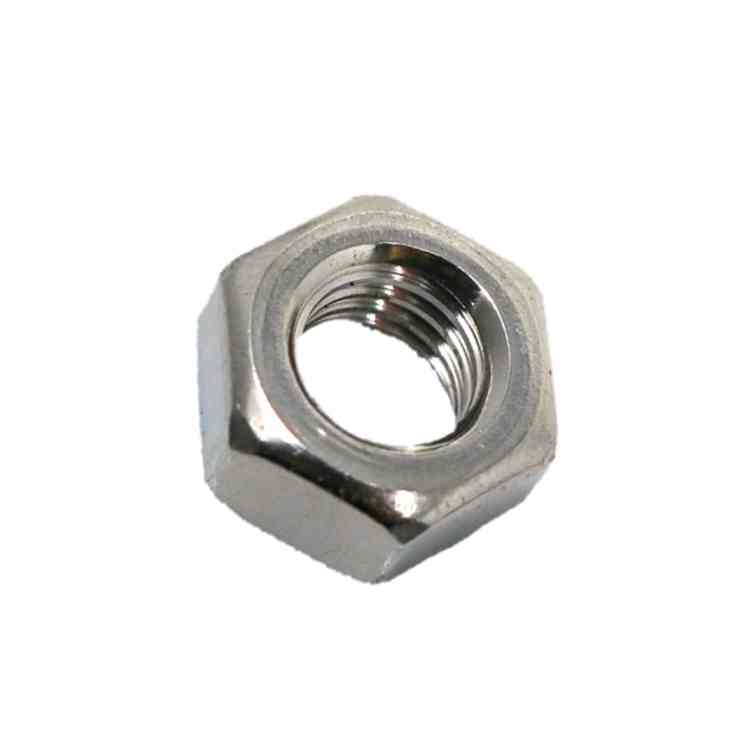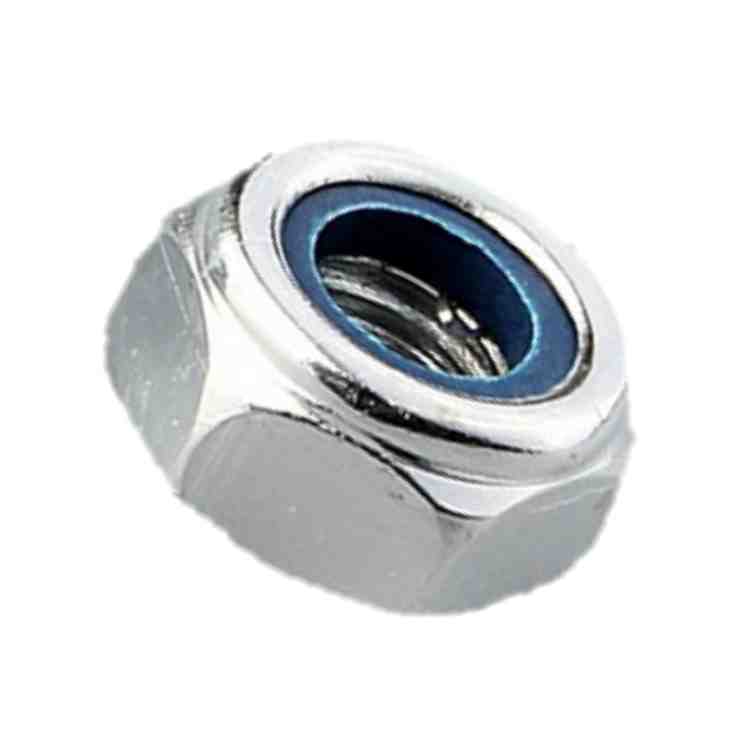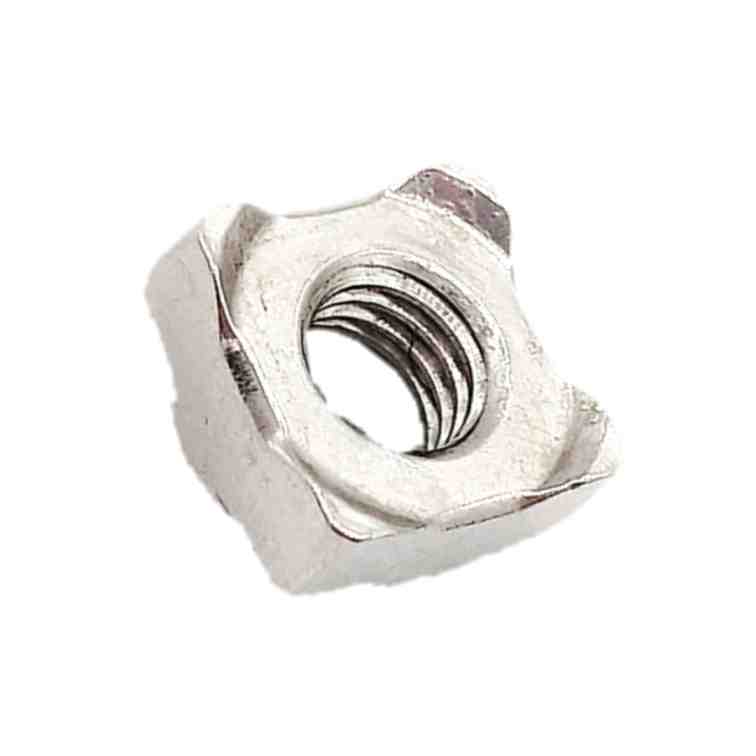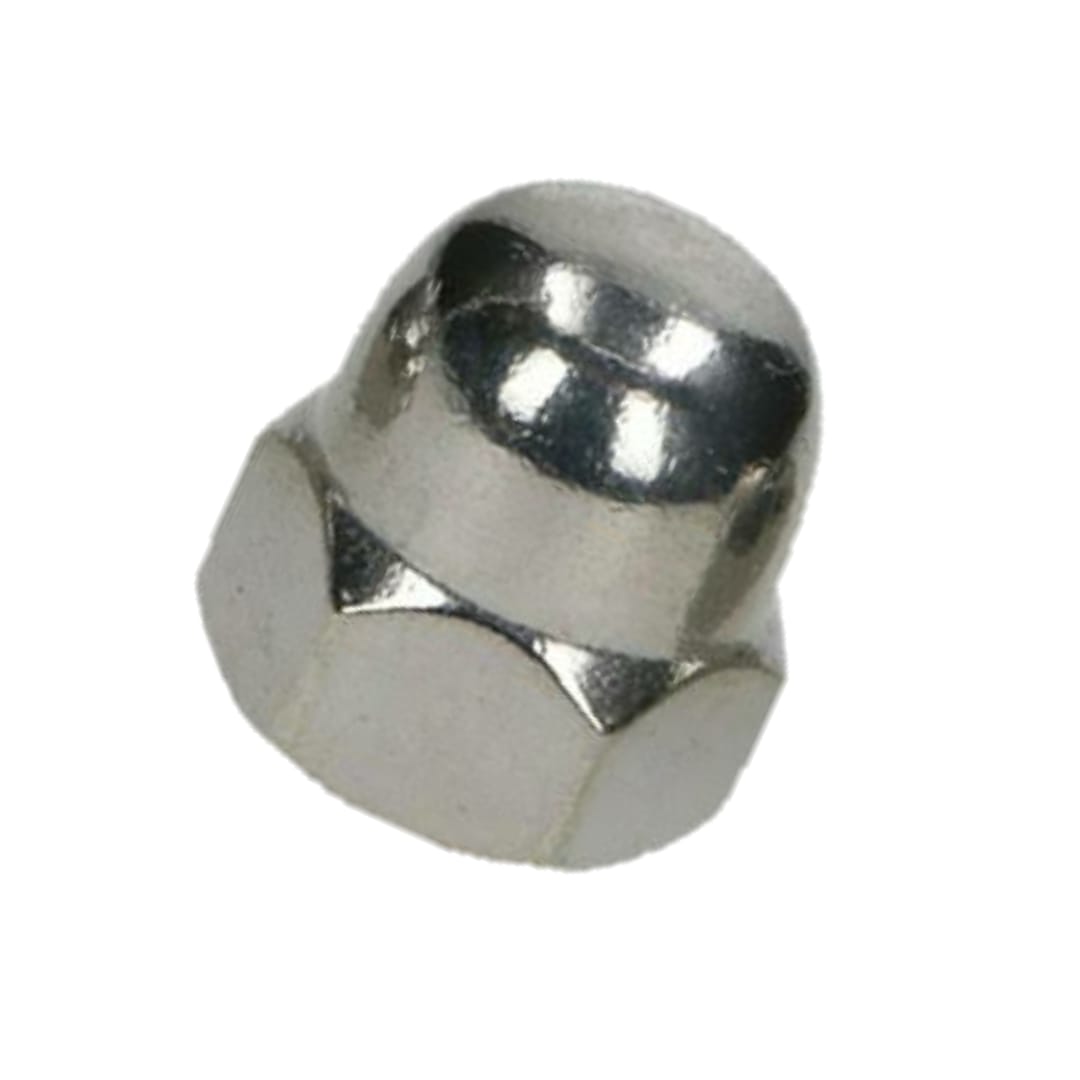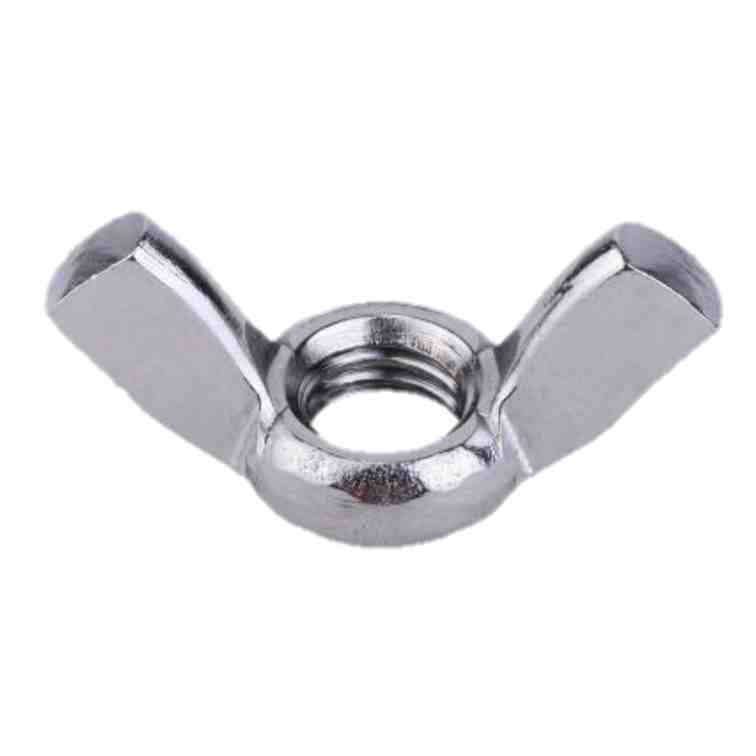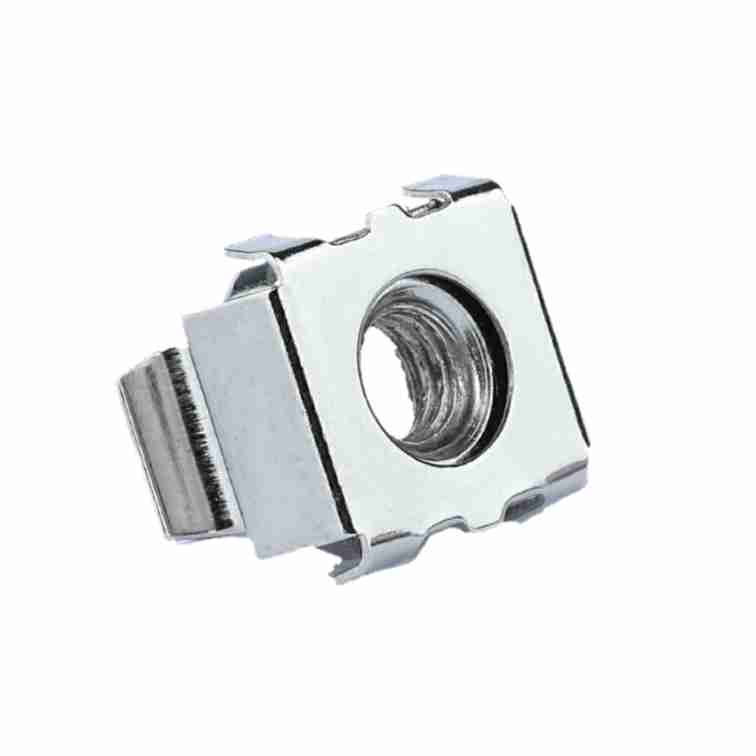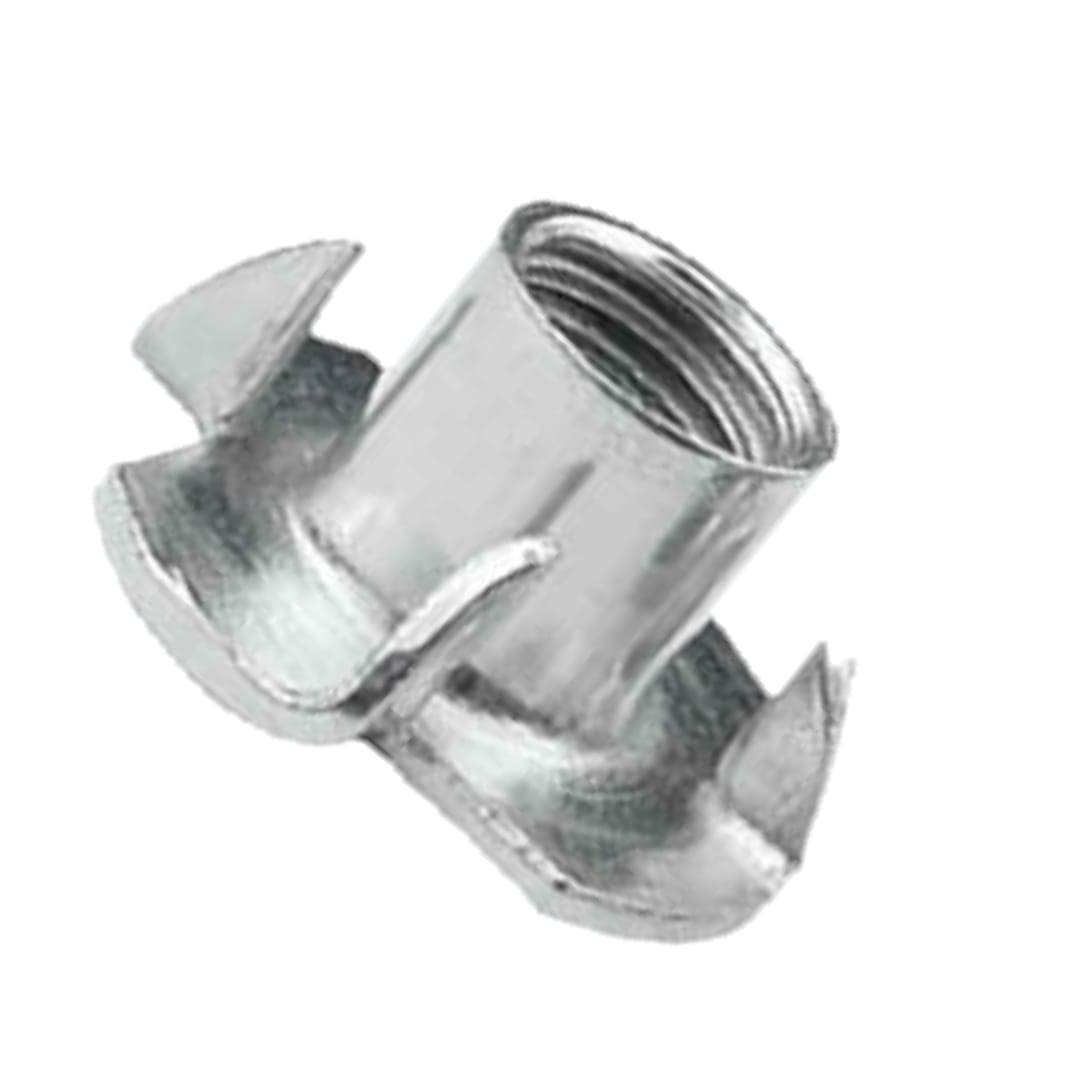Nuts
A nut fastener is a type of hardware component used to secure two or more objects together. It is typically paired with a bolt or screw, and together they create a threaded connection that holds the objects in place.
Type of Nut :Hex Nut, Flange Nut, Nylock Nut, Weld Nut, Square Nut,Doomed Cap Nut, Lock Nut,Wing Nut,Cage Nut, Tee Nut,Hex Castle Nut.
Nut Standards : DIN 934, DIN 6923, DIN 982 , DIN 985, DIN 929, DIN 928, DIN 557, DIN 562 , DIN 1587 , DIN 439 B, DIN 315, DIN 1624 , DIN 935
Here are brief explanations of the DIN standards you listed related to nuts:
DIN 934: Hexagon nuts, metric - This standard specifies the requirements for hexagon nuts with metric thread size and various mechanical properties.
DIN 6923: Hexagon flange nuts, metric - This standard specifies the requirements for hexagon flange nuts with metric thread size and various mechanical properties. These nuts have a flange that helps distribute the pressure of the nut on the surface.
DIN 982: Nylon insert lock nuts, metric - This standard specifies the requirements for nylon insert lock nuts with metric thread size and various mechanical properties. The nylon insert helps prevent the nut from loosening due to vibrations.
DIN 985: Self-locking nuts, metric - This standard specifies the requirements for self-locking nuts with metric thread size and various mechanical properties. These nuts have a locking feature that helps prevent loosening due to vibrations.
DIN 929: Weld nuts, metric - This standard specifies the requirements for weld nuts with metric thread size and various mechanical properties. These nuts are welded to a surface and used for fastening objects.
DIN 928: Square weld nuts, metric - This standard specifies the requirements for square weld nuts with metric thread size and various mechanical properties. These nuts are welded to a surface and used for fastening objects.
DIN 557: Square nuts, metric - This standard specifies the requirements for square nuts with metric thread size and various mechanical properties. DIN 562: Thin nuts, metric - This standard specifies the requirements for thin nuts with metric thread size and various mechanical properties. These nuts have a thinner profile than regular nuts and are used in applications where space is limited.
DIN 1587: Hexagon domed cap nuts, high form, metric - This standard specifies the requirements for hexagon domed cap nuts with metric thread size and various mechanical properties. These nuts have a domed cap that covers the end of the bolt for a finished look.
DIN 439 B: Hexagon thin nuts, metric - This standard specifies the requirements for hexagon thin nuts with metric thread size and various mechanical properties. These nuts have a thinner profile than regular hexagon nuts and are used in applications where space is limited.
DIN 315: Wing nuts - This standard specifies the requirements for wing nuts with various thread sizes and mechanical properties. These nuts have wings that allow for easy hand tightening and loosening.
DIN 1624: Knurled thumb nuts - This standard specifies the requirements for knurled thumb nuts with various thread sizes and mechanical properties. These nuts have a knurled surface for easy gripping and hand tightening.
DIN 935: Castle nuts, metric - This standard specifies the requirements for castle nuts with metric thread size and various mechanical properties. These nuts have slots on the top for a cotter pin to secure them in place.
